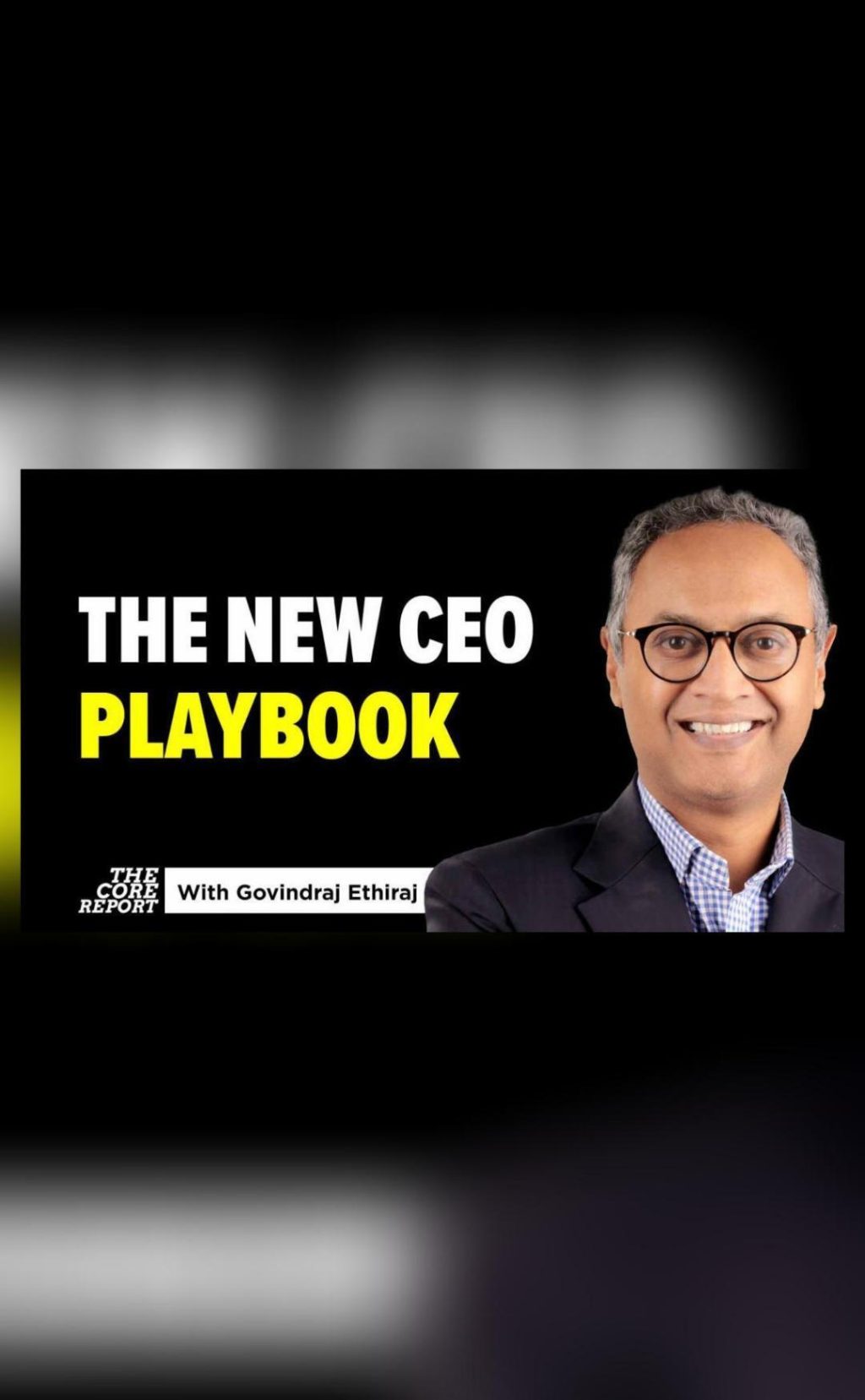
The New CEO Playbook: AI Pressures & Global Tariff Shocks
The modern CEO’s rulebook has never been more under scrutiny. As Artificial Intelligence (AI) reshapes industries and global tariff shocks disrupt trade, business leaders face unprecedented challenges. The pressure to automate, innovate, and adapt has never been greater. In this rapidly changing landscape, companies are being pushed to localise, adapt, and reconsider long-held business models. In this blog post, we’ll explore the new CEO playbook, examining the internal and external forces that are driving this seismic shift.
Internal Pressures: The AI Imperative
For many CEOs, the internal pressure to adopt AI comes from the need to stay competitive. As AI-enabled startups begin to disrupt traditional industries, established companies are faced with the daunting task of catching up. According to a recent survey by Gartner, 63% of CEOs believe that AI will be a major factor in their company’s success within the next five years. To achieve this, CEOs must invest in AI-powered solutions that drive efficiency, innovation, and customer engagement.
However, the path to AI adoption is not without its challenges. Many companies lack the necessary skills, resources, and infrastructure to integrate AI effectively. This has led to a growing skills gap, as companies struggle to find and retain AI talent. According to a report by McKinsey, the demand for AI professionals is expected to grow by 40% in the next few years, outpacing the supply of skilled workers.
External Pressures: Global Tariff Shocks
While the internal pressure to adopt AI is significant, external forces are also driving change. The global tariff war, sparked by the trade policies of the United States, China, and other major economies, has sent shockwaves through global supply chains. As trade tensions escalate, companies are being forced to reassess their global operations, seeking new ways to mitigate risk and maintain profitability.
According to a report by the World Trade Organization, global trade tensions have led to a decline in global trade growth, with many countries experiencing a sharp decline in exports. In response, companies are turning to localisation strategies, seeking to reduce their reliance on international supply chains and focus on domestic production.
The New CEO Playbook
So, what does this mean for CEOs? The new playbook is clear: adapt, innovate, and localise. Here are some key takeaways:
- Embrace AI: Invest in AI-powered solutions that drive efficiency, innovation, and customer engagement. This may require significant investment in skills training, infrastructure, and technology.
- Localise: Rethink global supply chains and focus on domestic production to mitigate the risks associated with trade tensions.
- Innovate: Develop new business models and products that take advantage of AI and localisation opportunities.
- Diversify: Diversify your revenue streams to reduce dependence on a single market or product.
- Partner: Collaborate with other companies, startups, and governments to share risk and drive innovation.
Conclusion
The new CEO playbook is clear: AI pressures and global tariff shocks are driving significant change in the business landscape. To succeed, CEOs must be agile, adaptable, and willing to innovate. By embracing AI, localising operations, and developing new business models, companies can not only survive but thrive in this rapidly changing world.
Watch the full video for more insights:
Source:






